9 November 1989 marks the fall of the Berlin Wall, the symbol of division of Germany. On that night, people from the East and West celebrated together. Yet many citizens of East Germany had no idea how profoundly the fall of the Wall would turn their lives upside down. People like Detlef Ludwig, Thanh Nguyen Manh and Torsten Schulz. All three have one thing in common: They were there when the vehicle production plant in Ludwigsfelde, south of Berlin, changed: from a public enterprise owned by the German Democratic Republic (GDR) to a Mercedes-Benz plant. We asked them about their memories of the night the Berlin Wall came down. And what their personal turning points were.
,xPosition=0,yPosition=0.3)
How the fall of the Berlin Wall affected Mercedes-Benz and the Ludwigsfelde plant


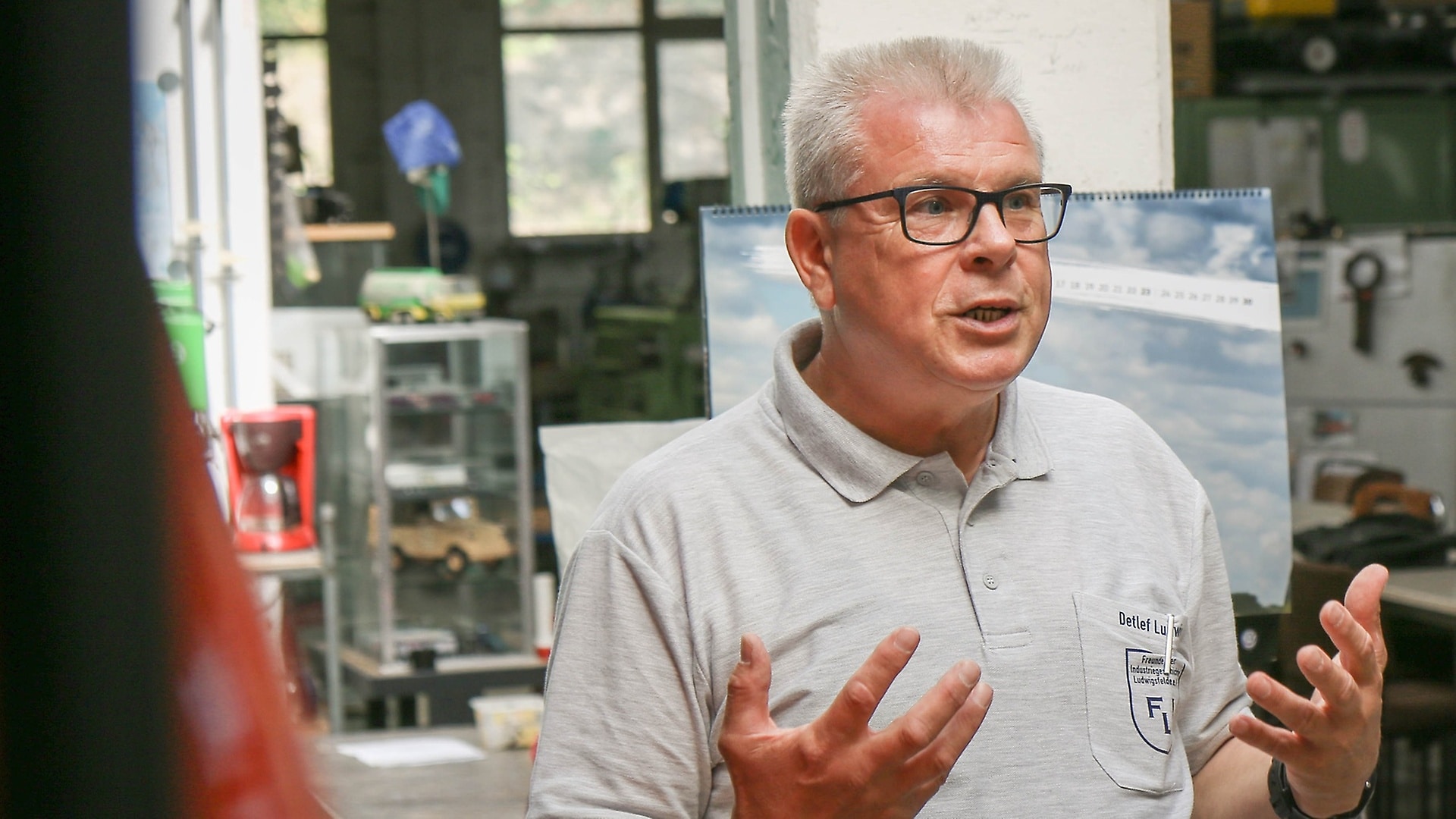

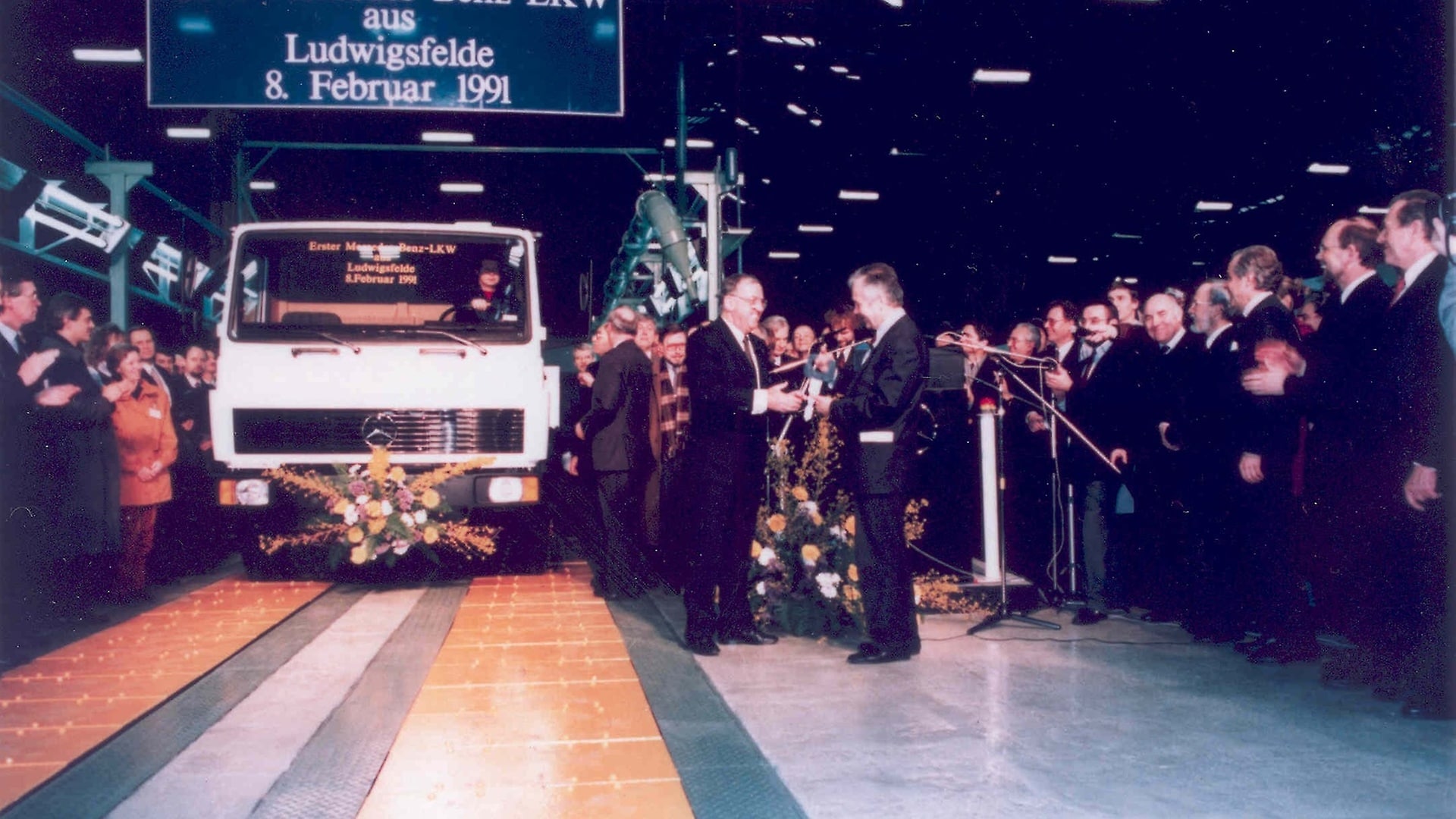
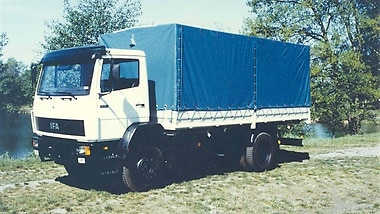
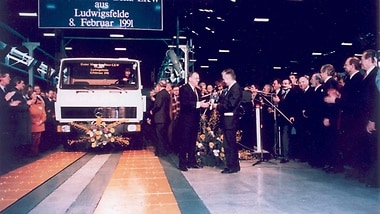
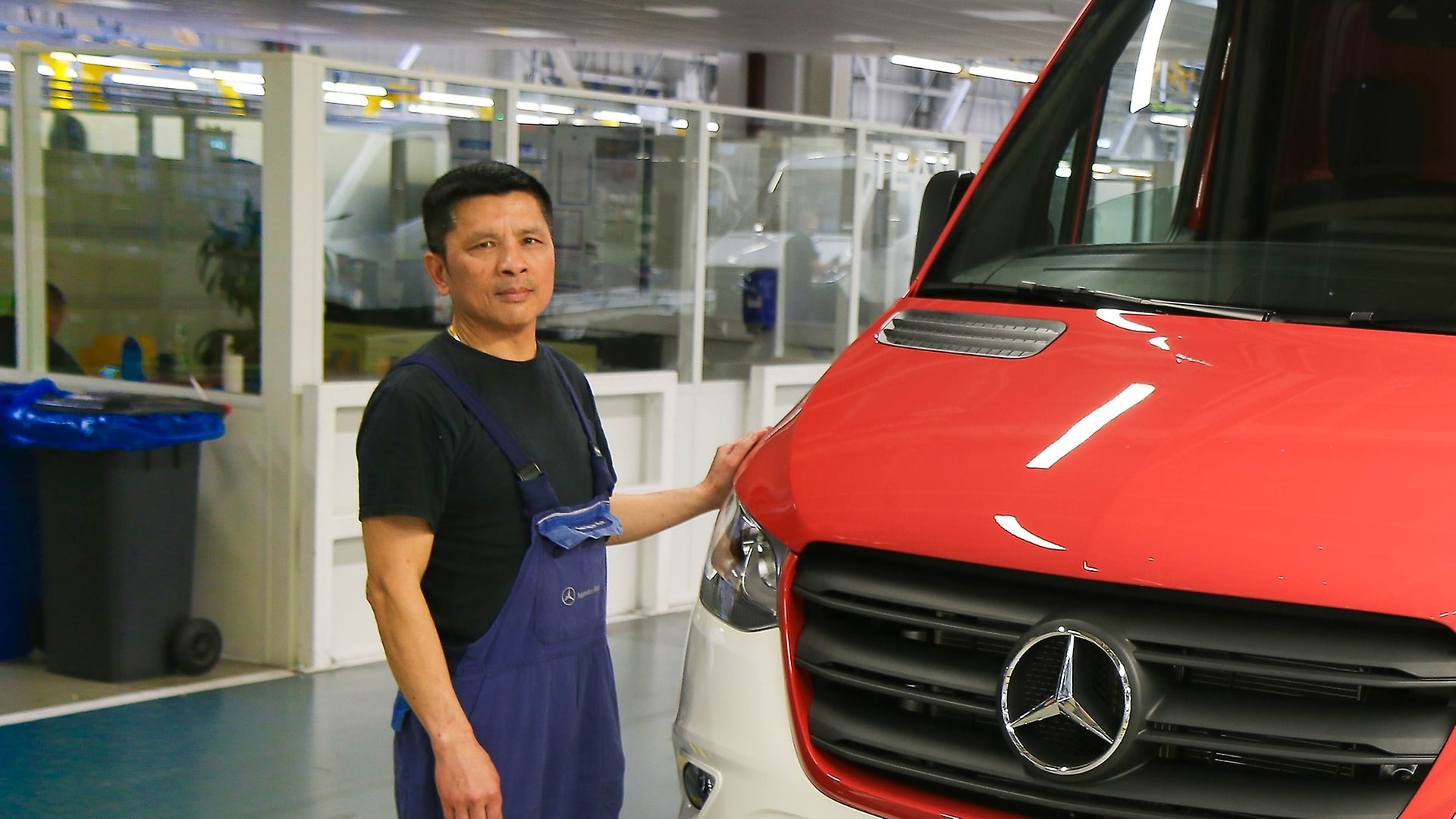



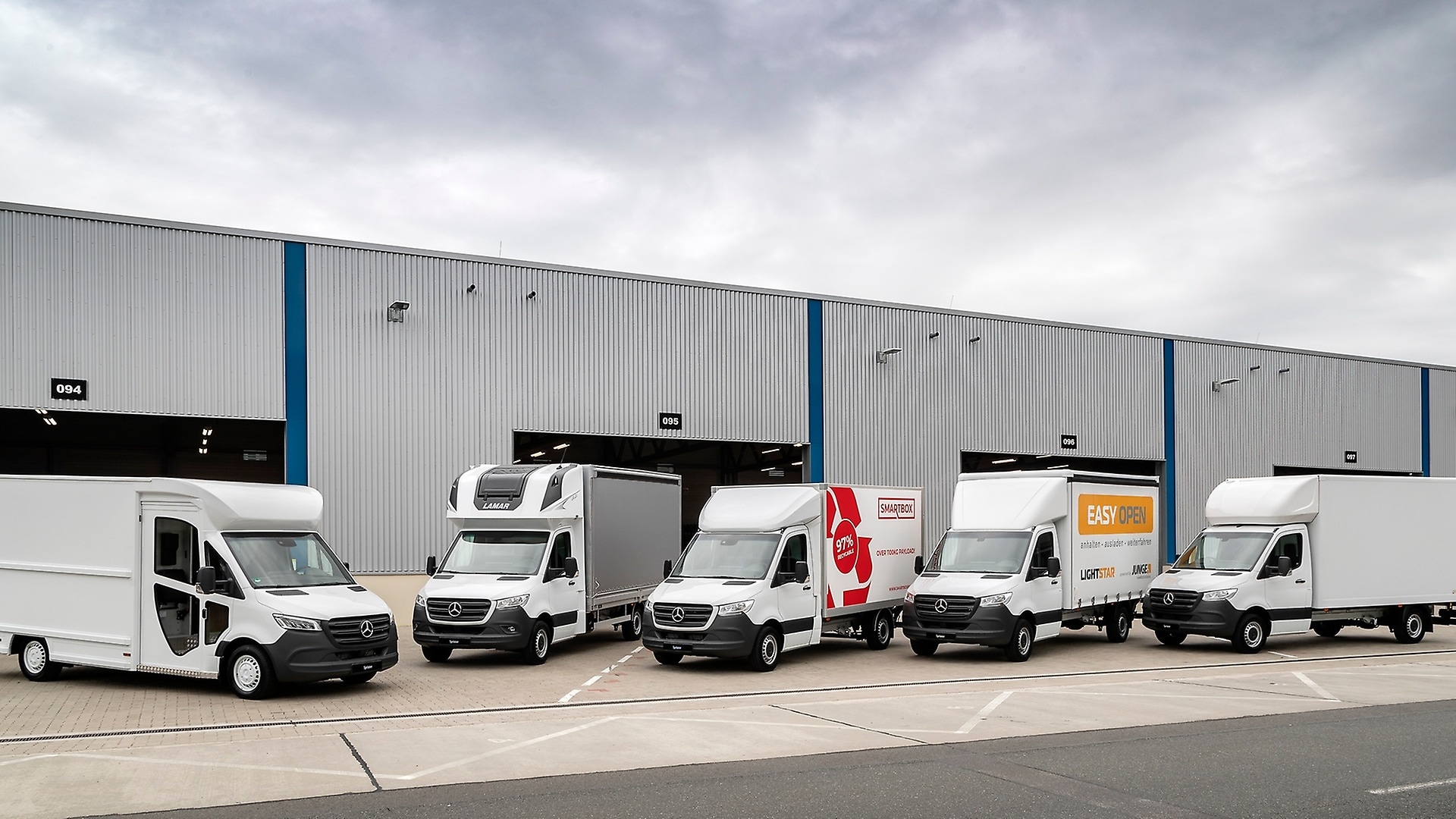
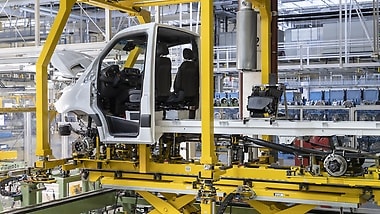

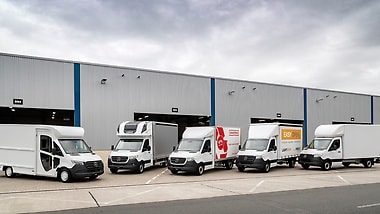
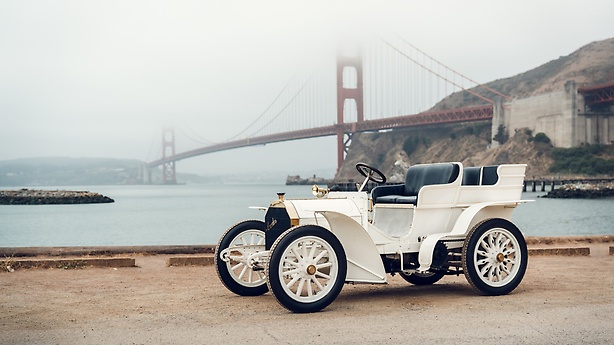,xPosition=0.5,yPosition=0)